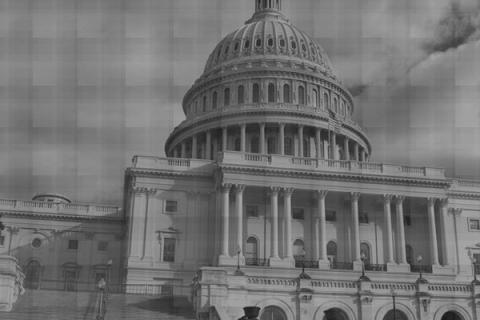Republicans are worried that the new legislative district maps that have been drawn up by the Citizens Redistricting Commission favor the Democratic party. In conjunction with the top-two open primary, however, in some districts they may also favor an Independent candidate.
Shortly after the Citizens Redistricting Commission legislative maps were certified by the secretary of state, Republican party activists launched a concerted effort to have them repealed and ultimately redrawn by the courts. The main group behind the effort, Fairness and Accountability in Redistricting, has launched two petition drives and a lawsuit in opposition to the State Senate and Congressional District maps, arguing that they violate the Voting Rights Act of 1965. The state Republican Party has been more transparent about its political motives with regard to the repeal effort.
"The state Senate lines drawn by the California Redistricting Commission virtually guarantee a Democrat super-majority in the California State Senate in 2012. A successful drive to put a referendum on the June 2012 ballot is the best way to prevent this from happening," stated an August fundraising letter sent out by GOP leaders including former Governor Pete Wilson.
The GOP is also worried about the effect the new maps may have on their congressional caucus. Of California's 53 congressional districts, 34 are currently held by Democrats and 19 by Republicans. An analysis of the new maps reveals that, under the new boundaries, the Democrats will have a clear registration advantage in 39 districts, while Republicans will hold a plurality in only 13. In the remaining district, CD 7 in East Sacramento County, Democrats and Republicans are in relative parity with 39% registration each.
There are, however, six districts in which the difference between Democratic and Republican registration is five percentage points or less. Unless the Democratic and Republican candidates in these districts are capable of maintaining the support of their own party and attracting voters from across the proverbial aisle, it is Independents who will cast the decisive ballots.
In Congressional District 52 in San Diego, for instance, Republicans hold a three point registration advantage over the Democrats, but only 36% of the district's voters are registered Republican. It is one of the most staunchly Independent districts in the state: 27% of voters there decline to state a party affiliation. If two or more Democrats and/or Republicans were to seek the seat, thus splitting the vote in the primary, an Independent or third party candidate could very well proceed to the general election.
But the question remains whether Independents will express their independence from the major parties at the ballot box. A recent national poll by Rasmussen Reports found that only 32% of voters believe the Republican and Democratic parties represent the American people. How much longer will Americans tolerate a party system which they believe no longer represents their interests?

